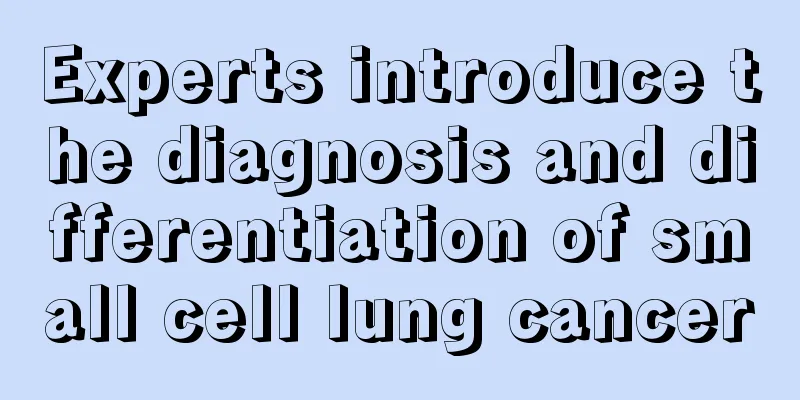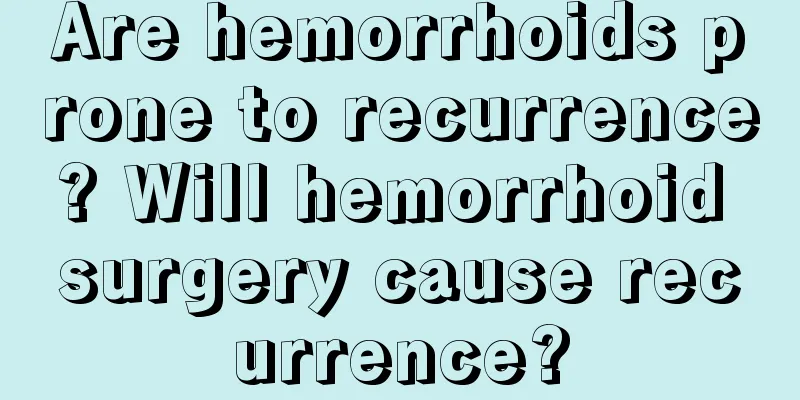What is the best way to check for encephalitis?

|
Regarding a treatment examination for encephalitis, the first thing to pay attention to is understanding the symptoms, such as whether there is a high fever, headache, loss of appetite, confusion, vomiting and convulsions, especially for newborn babies, who must be alert to these symptoms. 1. Symptoms 1. High fever (>40℃), stiff neck, severe headache, loss of appetite, confusion, vomiting, convulsions, fatigue, drowsiness, photosensitivity, small blood spots on the skin, skin rash {especially in the armpits, hands, and feet}. These symptoms of meningitis are similar to those of colds and are often the cause of misdiagnosis. Symptoms may change within one to two days, and some may become life-threatening within hours. 2. In infants and newborns, high fever, headache, and stiff neck are not typical symptoms, and sometimes low temperature may occur instead. The symptoms experienced by this group of patients include: high-pitched and continuous crying, unusual drowsiness, poor appetite, extreme sensitivity, and some having swollen fontanelles. 3. In the elderly, the above symptoms may or may not appear, but they may show latent symptoms such as confusion and dullness. 4. Severe bacterial meningitis may also cause symptoms such as shock, coma or convulsions {similar to epilepsy}. Neurological examination Whether there is visual impairment, optic disc edema, eye muscle paralysis, hearing loss, dysphagia, limb paralysis, pathological reflexes, changes in muscle tone, ataxia, involuntary movements (tremor, choreiform movements, athetosis), sensory impairment, urinary and fecal retention, incontinence and meningeal irritation signs, etc. 3. Auxiliary examination (1) General examination: Routine blood test: white blood cell count (10-20) × 109/L, neutrophilia, urine routine, erythrocyte sedimentation rate, cerebrospinal fluid pressure, routine, biochemical, cytological, immunoglobulin (IgG, IgA, IgM) determination, and blood mixed rosette rate determination. (2) Electrophysiological examination: electroencephalogram (EEG), brain evoked (visual, auditory, somatosensory) potentials. (3) Imaging examination: Brain CT or MRI examination. (4) Immunological examination of viral infection: Use enzyme-linked immunosorbent assay or polymerase chain reaction method to detect herpes simplex virus in blood and cerebrospinal fluid. Take two samples of serum for complement fixation test of epidemic encephalitis B, adenovirus, measles virus, poliomyelitis, influenza virus, etc. (the diagnosis can be confirmed if the titer of two samples increases by more than 4 times or the titer of one sample is more than 1:16), hemagglutination inhibition test (the diagnosis can be confirmed if the titer of two samples increases by more than 4 times or the titer of one sample is more than 1:320), adenovirus immunofluorescence examination, and poliomyelitis neutralization test. (5) Brain biopsy, immunofluorescence examination, and pathological histological examination. |
<<: What are the benefits of using a hot towel on your face? It turns out there are these 8 benefits
>>: Private parts whitening tips to help you say goodbye to embarrassment
Recommend
What exercises can patients with pituitary tumors do
Nowadays, more and more people are pursuing a spo...
What to do if cornea is burned
Many people accidentally burn the inner membrane ...
What should I do if I feel stomach discomfort after drinking too much tea?
In life, many people may have had this experience...
What should I pay attention to when having lymphoma in the neck
Speaking of head and neck tumors, I believe every...
It is very difficult for men to shave at these two moments
Shaving is something a man has to do every day. S...
What causes lung cancer? Experts introduce five causes of lung cancer
Lungs are very important to everyone and can help...
Can cicada shells cure insomnia? It works wonders!
Insomnia troubles countless office workers. If yo...
What are the symptoms of waist wind?
The waist is an important part of our body. If th...
How to use the cervical pillow
The cervical spine is a very important part of th...
How to self-check thyroid nodules is so simple
Thyroid nodules are a common disease in recent ye...
The benefits of drinking honey wine for women
Soaking wine is a traditional medicinal diet ther...
Is mid-term treatment of nasopharyngeal carcinoma serious? How to prevent it?
Nasopharyngeal cancer is very painful. During che...
What are the five taboos of table etiquette?
Normally people are more casual when eating at ho...
What are the symptoms of thick blood
Thick blood actually just means that our blood is...
Cure rate of tongue cancer in young people
Although society is constantly developing, medica...









